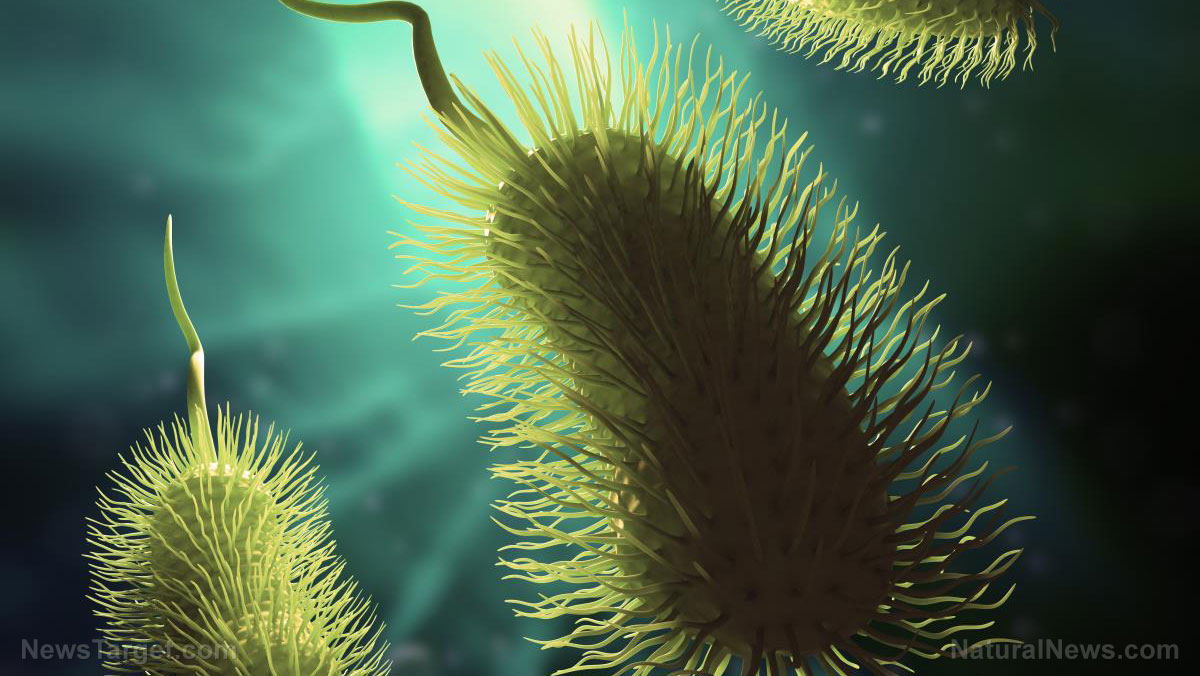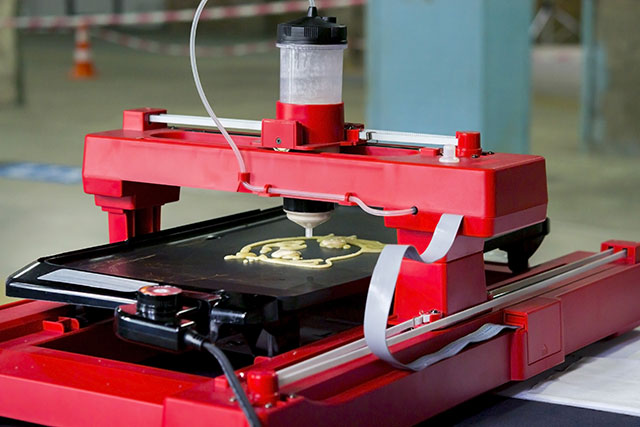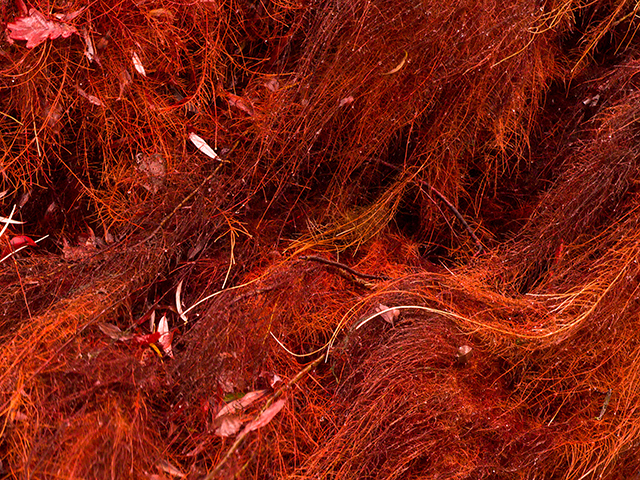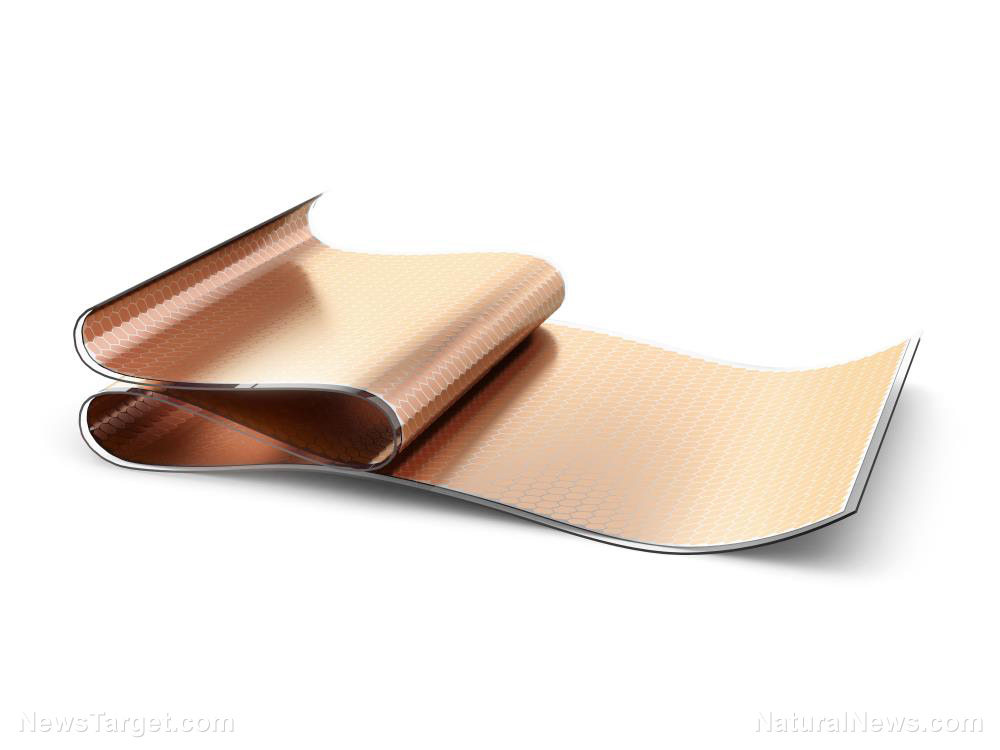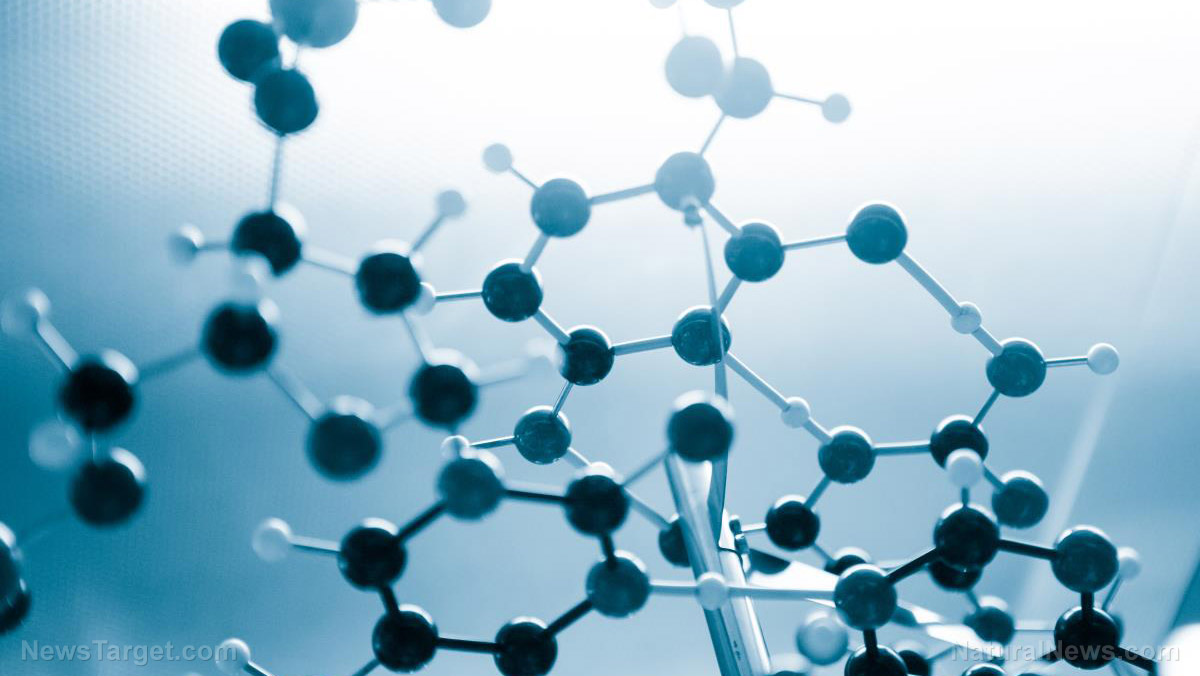New material made from recycled plastic bottles could help reduce water pollution
02/21/2019 / By Edsel Cook
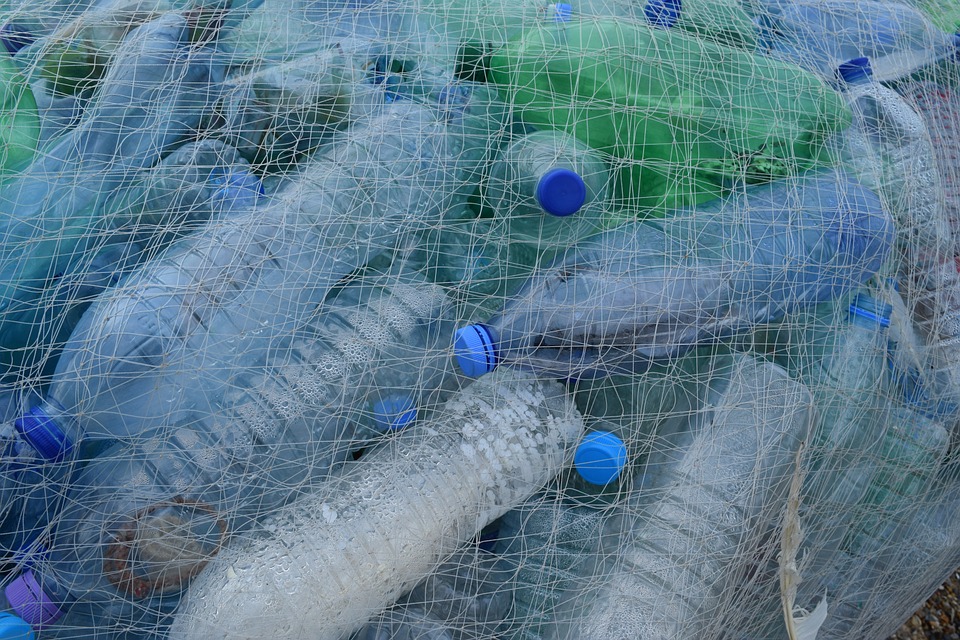
Singaporean researchers have come up with a new incentive for people to recycle disposable PET plastic bottles instead of just throwing them away. They can turn the plastic waste into a group of very useful materials called aerogels, which would make the disposable bottles well worth the effort of holding on to or recovering from landfills.
Aerogels are a form of synthetic gel where the liquid part has been replaced by a gas. The result is an ultralight and translucent material with very low density and similarly low heat conductivity.
There are many expected uses for these aerogels. They can serve as insulators that maintain the temperature inside containers, or protect important items from fire. Some aerogels can even be used to clean up oil spills.
The National University of Singapore (NUS) researchers devised a new chemical process that lets them turn polyethylene terepthalate (PET) into aerogels. PET is the primary material in disposable plastic bottles.
“Plastic waste is one of the hardest wastes to recycle,” said researcher Hai Minh Duong. The conversion method developed by his team may make it much easier to recycle this tough waste material. (Related: Irish researchers detail a potential solution for tackling plastic waste.)
PET bottles and other forms of plastic pollution are everywhere now
The NUS researchers were looking for a means of reducing the staggering amount of plastic waste churned out by modern society on a daily basis. This problem is found worldwide.
Every year, more than eight million tons of plastics enter the waters of the world ocean. They are toxic when consumed and will last for many years despite the degrading effects of sunlight, waves, and wind.
Marine organisms that mistake the plastics for food will suffer various forms of ailments and even death. Eventually, the toxic contaminants will make their way into the bodies of humans who eat these fish.
Sixty percent of these mountains of plastic waste come from five countries in Asia: China, Indonesia, the Philippines, Thailand, and Vietnam. They suffer from a number of problems such as insufficient sanitation systems.
The plastic bottle is one of the most commonly produced, used, and discarded PET products that end up as trash. Experts believe that half a trillion tons of PET bottles will be consumed every year by 2021. A large fraction of these bottles are going to end up as trash that contaminates underground water, harms oceanic life, and affects our health.
Turning PET plastic bottles into sheets of aerogels
The NUS researchers used plastic bottle waste as the raw material for their production process. The resulting PET-based aerogels feel soft to the touch and weigh very little; they can also be flexed with ease for long periods of time without breaking or deteriorating.
A single A4-sized sheet of aerogel can be made from a recycled bottle. The surface of the material will be treated to further improve its absorption and insulating capacities.
Adding a fire retarding coat made the aerogel sheet capable of surviving temperatures of up to 1,148 F (620 C.) It would perform seven times better than the conventional thermal lining in the fire resistant coats of firefighters. Furthermore, the sheet would only weigh a tenth as much as its standard counterpart.
Other appropriately treated sheets could be used as sound and thermal insulating materials for rooms and buildings; as a filtration layer in a face mask that absorbs deadly carbon monoxide; and as a clean-up material that attracts and traps oil.
Duong related that he dreamed of a future where plastic trash and other forms of waste have been eliminated. Their method for recycling PET plastics into aerogels is one of the big steps toward realizing that vision.
Sources include:
Tagged Under: aerogel, breakthrough, Chemistry, clean water, Ecology, environ, environment, materials science, new materials, PET plastics, plastic bottles, plastic waste, polyethylene terephthalate, recycling, water bottles




